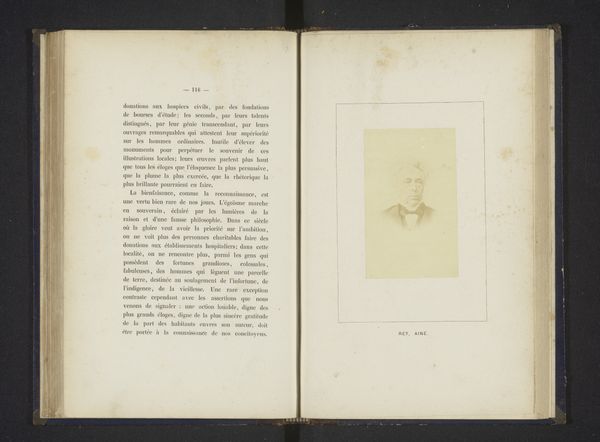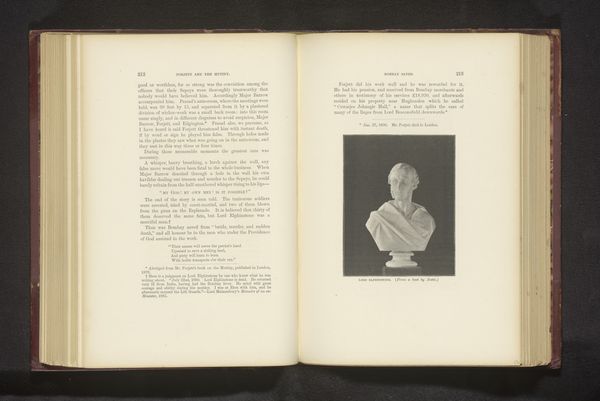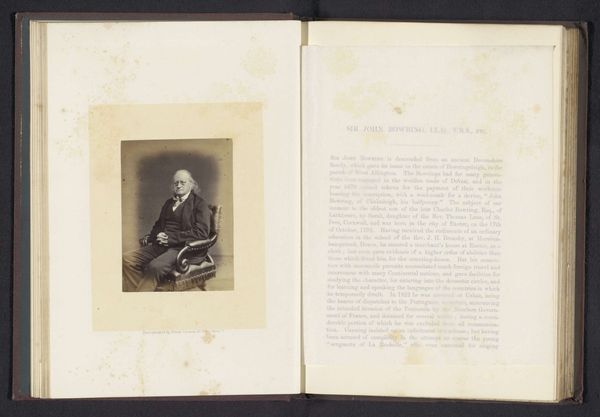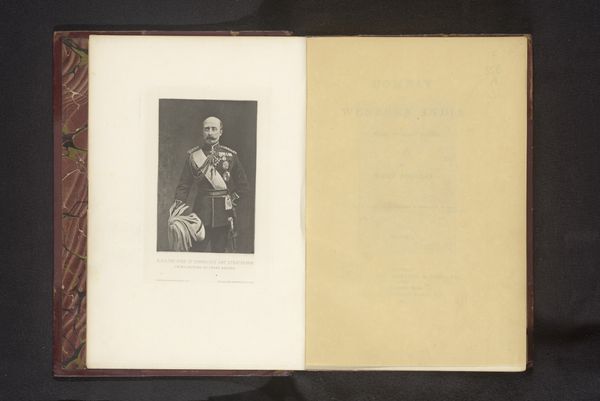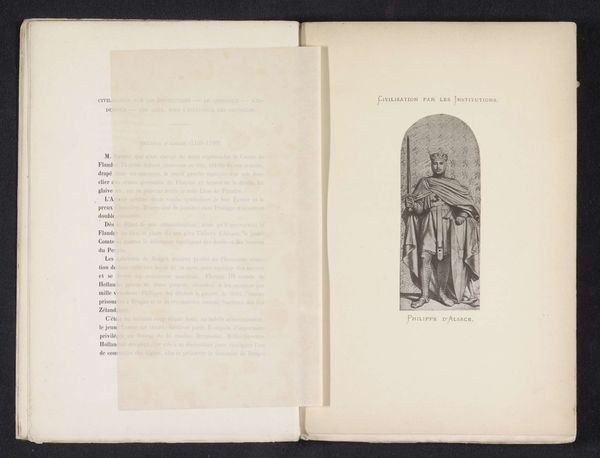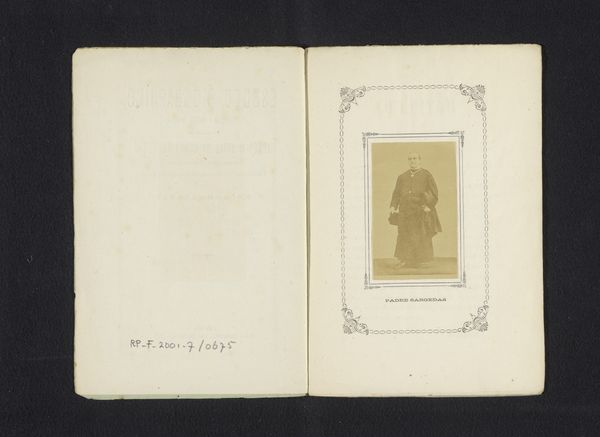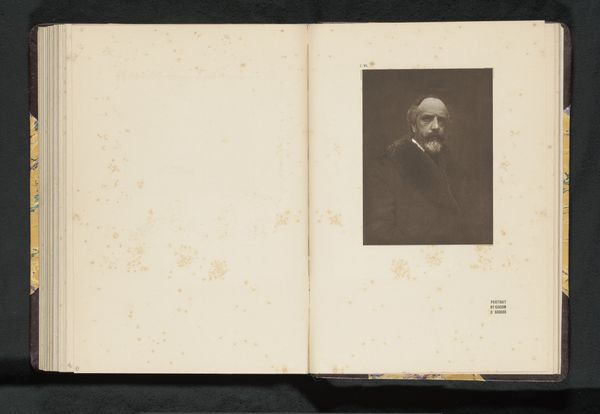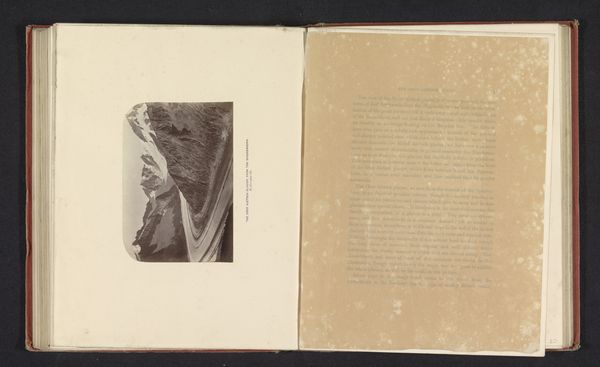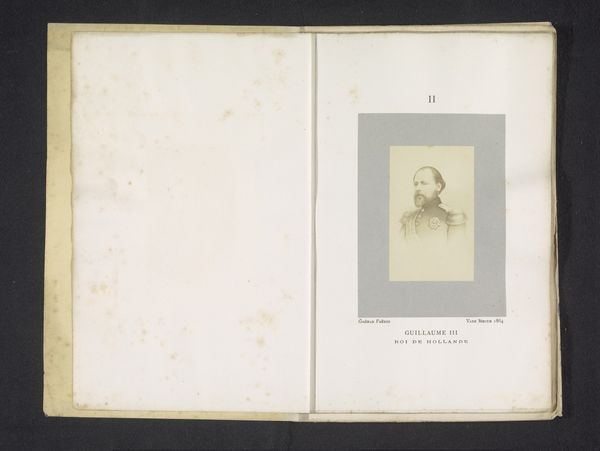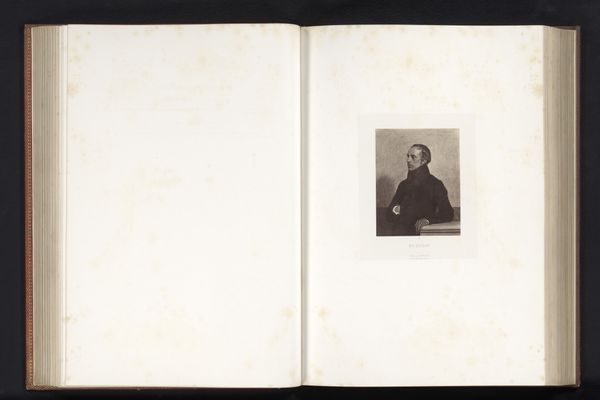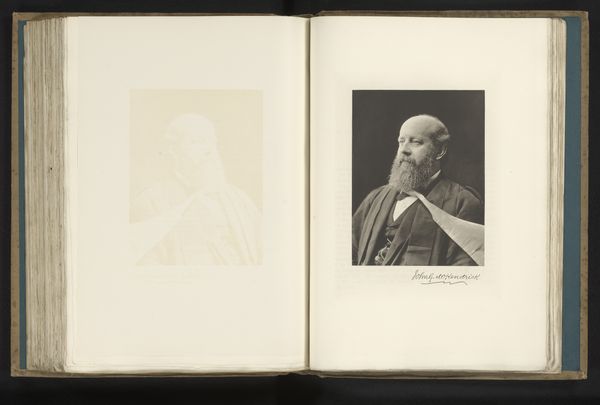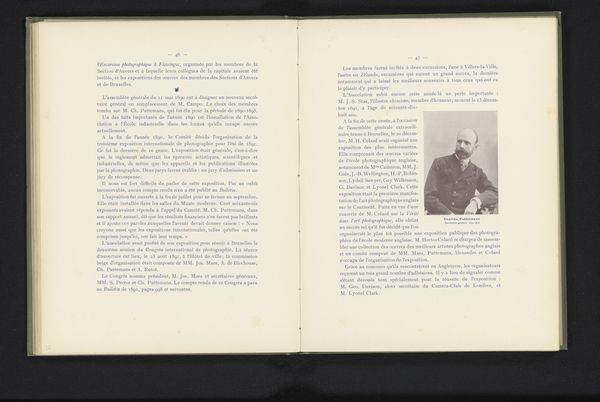
print, paper, sculpture
#
portrait
# print
#
classical-realism
#
paper
#
coloured pencil
#
sculpture
Dimensions: height 84 mm, width 64 mm
Copyright: Rijks Museum: Open Domain
Curator: This image presents a "Buste van Henri Joseph Orban," created before 1858. What strikes you initially about it? Editor: Well, immediately I notice its muted tone, almost sepia. It lends an air of dignified solemnity. The stark, neoclassical sculpture… there’s something about the sitter's profile. There is something so stoic, maybe? What's the story here? Curator: The image captures a sculpture, likely of marble or plaster, representing Henri Joseph Orban. Consider the context of mid-19th century classical realism. Portraits, especially sculptural ones, served to immortalize and idealize the subject. Editor: Idealized, yes, but also standardized, almost…anonymous despite being a specific person. It's like he’s become a symbol more than a man. You know, stripped from color and texture and life to better portray only a perfect and, I would argue, stale figure. What’s that about? Curator: This visual language of classical realism connects Orban to a lineage of civic virtue and authority. Sculptural portraits of this kind reference the busts of Roman emperors and philosophers, reinforcing notions of leadership and intellectual prowess. Editor: Hmmm, a little imposing for my taste. Makes you wonder about power, right? And how images like these were consciously used to reinforce it. Does the choice of print on paper soften it at all? Make it more…democratic? Curator: It's interesting to consider the translation from three-dimensional sculpture to a two-dimensional print. While it may lose some of the tactile presence, the reproduction democratizes the image, making it accessible to a wider audience, which could spread and normalize those classical associations. Editor: Good point. Still, the aura remains. That calculated gravity of it all…though faded now. But it makes you ponder about permanence and how we chose to depict leaders for posterity. Curator: Indeed. It invites us to consider how societal values and ideals shape artistic representations and how those representations, in turn, influence our perceptions of historical figures. Editor: Makes me want to rummage through my family photo albums and try to decode all that we were hoping to express, or perhaps impose, upon our own little histories. It gives you pause. Thanks. Curator: And that reflection is precisely why this resonates even now. These echoes are cultural memory in action.
Comments
No comments
Be the first to comment and join the conversation on the ultimate creative platform.
